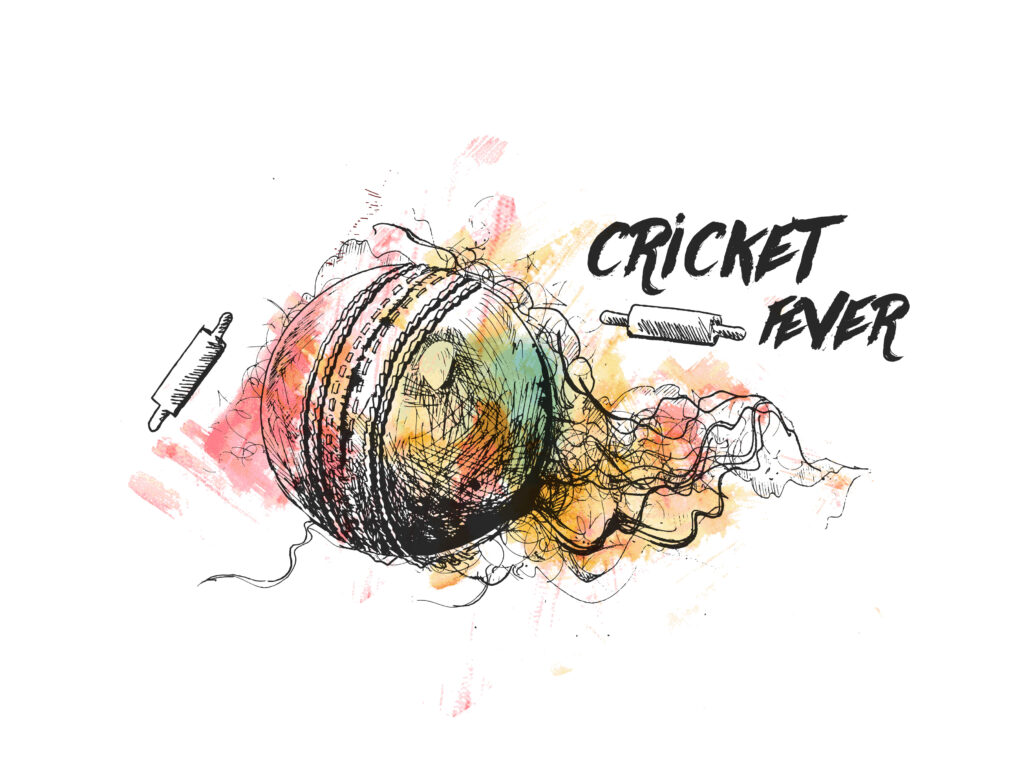Introduction:
Cricket, often hailed as a gentleman’s game, transcends mere sport. Beyond the thrill of competition and the excitement of victory, the Game offers a myriad of health benefits that contribute to overall well-being. In this comprehensive analysis, we delve into the various aspects of how the Game impacts physical, mental, and social health.
Cricket is a popular sport played between two teams, each consisting of eleven players, on an oval-shaped field. It originated in England and has since gained widespread popularity in many countries, particularly in the Commonwealth nations.
The primary objective of the game is for one team to score more runs than the other. This is achieved by batting, where the batsmen attempt to score runs by hitting the ball and running between two sets of wooden stumps, called the wickets, which are placed at each end of the pitch.
The opposing team tries to prevent runs from being scored by bowling the ball towards the batsmen and fielding to stop the ball and dismiss the batsmen. A bowler aims to get the batsman out in various ways, such as by bowling the ball in a way that it hits the stumps (bowled), catching the ball after the batsman has hit it (caught), or trapping the batsman in front of the wicket (lbw).
Cricket matches can last anywhere from a few hours to several days, depending on the format being played. The three main formats of the game are Test cricket, One Day Internationals (ODIs), and Twenty20 (T20) cricket, each with its own set of rules and durations.
Cricket has a rich history, with iconic moments, legendary players, and passionate fans around the globe. It’s not just a sport; it’s a cultural phenomenon that brings people together and fosters a sense of camaraderie and competition.

- Physical Fitness: Cricket is a physically demanding sport that requires players to exhibit strength, agility, speed, and endurance. The game involves running between wickets, sprinting to field the ball, and delivering fast-paced bowling spells. As a result, players engage in cardiovascular exercise, which strengthens the heart and improves blood circulation.
a. Running Between Wickets In Cricket:
Running between wickets involves short bursts of intense activity followed by brief periods of rest. This high-intensity interval training (HIIT) helps to burn calories efficiently, aiding in weight management and promoting overall fitness.
b. Fielding:
Fielding in the game requires quick reflexes, coordination, and agility. Players often dive, slide, and sprint to stop the ball or catch it in mid-air. These movements engage various muscle groups, enhancing flexibility and muscular strength.
c. Bowling and Batting:
Bowlers and batsmen undergo rigorous training to perfect their skills. Bowling involves repetitive arm movements, which strengthen the upper body and improve muscular endurance. Similarly, batting requires coordination between hand-eye movements and swift footwork, promoting balance and agility.
- Mental Well-being: Cricket is not just a physical game; it also stimulates mental faculties and contributes to mental well-being.
a. Focus and Concentration:
Cricket demands unwavering focus and concentration from players, particularly batsmen facing fast bowlers or spinners. Concentrating on the ball’s trajectory, judging its speed, and making split-second decisions require intense mental focus, sharpening cognitive abilities.
b. Stress Relief:
Engaging in physical activity, such as playing the game
, triggers the release of endorphins, also known as the “feel-good” hormones. These neurotransmitters help alleviate stress, anxiety, and depression, promoting a sense of well-being and relaxation.
c. Strategy and Decision-Making:
Cricket is a strategic game that requires players to anticipate their opponents’ moves and adapt their tactics accordingly. Making strategic decisions under pressure enhances problem-solving skills and fosters resilience in players.
- Social Interaction: Beyond its physical and mental benefits, cricket serves as a platform for social interaction and community engagement.
a. Teamwork and Collaboration:
Cricket is a team sport that emphasizes collaboration and cooperation among players. Working together towards a common goal fosters camaraderie, builds trust, and strengthens interpersonal relationships.
b. Inclusivity And Diversity:
Cricket transcends cultural and social barriers, bringing people from diverse backgrounds together on the field. Regardless of age, gender, or ethnicity, individuals can bond over their shared love for the game, promoting social cohesion and inclusivity.
c. Community Engagement:
Cricket matches serve as social gatherings that bring communities together. Whether it’s cheering for their local team or participating in friendly matches, cricket fosters a sense of belonging and community pride.
Conclusion:
In conclusion, cricket is much more than just a sport; it is a holistic experience that enriches physical, mental, and social well-being. From improving physical fitness and mental acuity to fostering social interaction and community engagement, cricket offers a plethora of health benefits. As we continue to explore the multifaceted impact of cricket on health, it becomes evident that this timeless game transcends boundaries and continues to inspire and uplift individuals worldwide.
